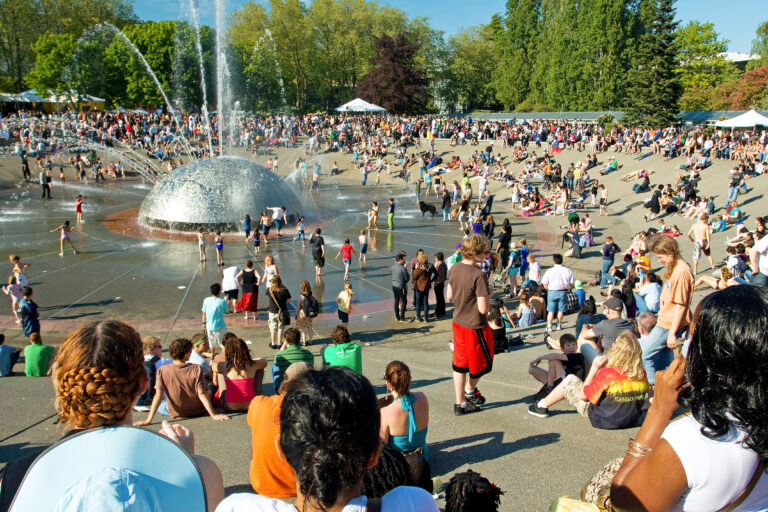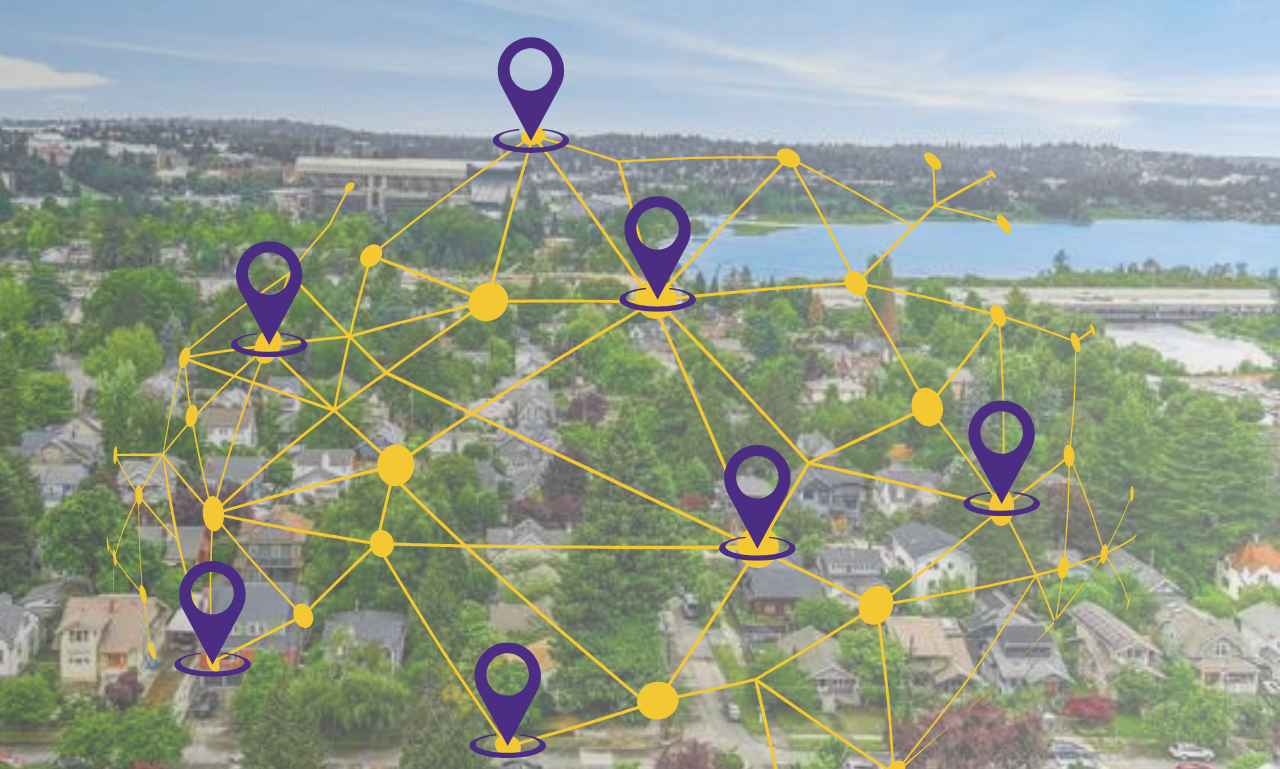Published on January 23, 2024

Amy Sprague
January 16, 2024
“Our advantage of being an interdisciplinary project at the University of Washington is that we are drawing from an excellent corps of researchers with complementary expertise at a University whose mission includes working for the greater good across the state of Washington and has excellent ties into our communities.”

Professor and Interim Chair Cynthia Chen
Professor Cynthia Chen belongs, like many of us, to a lot of networks. As interim ISE chair, she is connected to our College of Engineering, the ISE department, discipline-specific professional groups, discord channels with students as well as her neighborhood swap board and other groups on Facebook, a text string with her college roommates and many other connections.
She asks, “In an emergency, could we leverage any of these networks to coordinate responses? And if so, how can we build out these networks as robustly as possible to prepare?”
Together with UW professors Dan Abramson from Urban Design and Planning, Kurtis Heimerl from Computer Science and Engineering, Tyler McCormick from Sociology and Statistics and ISE’s Shuai Huang, Professor Chen is leading an interdisciplinary $2 million National Science Foundation effort to examine this question of networks and stable power under emergencies, starting with two pilot communities in Washington state with cross-examination to communities in Japan facing similar risks of disaster.
Ad hoc survival to intentional network activation
The research team has cataloged people stepping up in crises. In pre-Uber New York in 2005, New Yorkers shared their own cars and boats during the transit strike that paralyzed public transportation. In 2016, neighbors in Rowland, North Carolina, used improvised rafts of inflatable mattresses to help each other escape Hurricane Matthew’s flooding. Innovation and heroism exist in pockets, but Chen and her team are looking to scale and streamline mobilization in emergencies in a four-part strategy.

Conceptualization of overlayed networks on the Laurelhurst neighborhood
Continuing reading on the University of Washington Industrial Systems and Engineering webpage